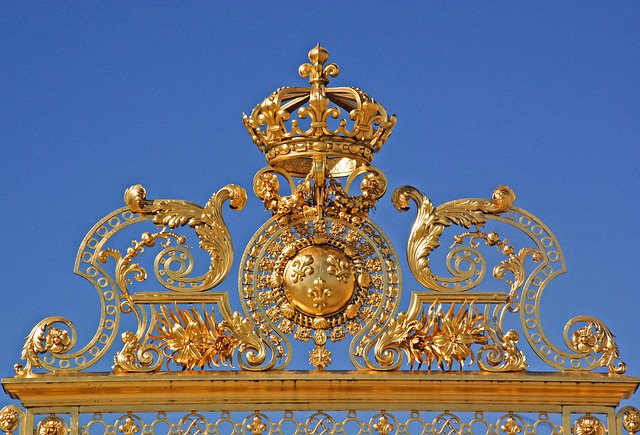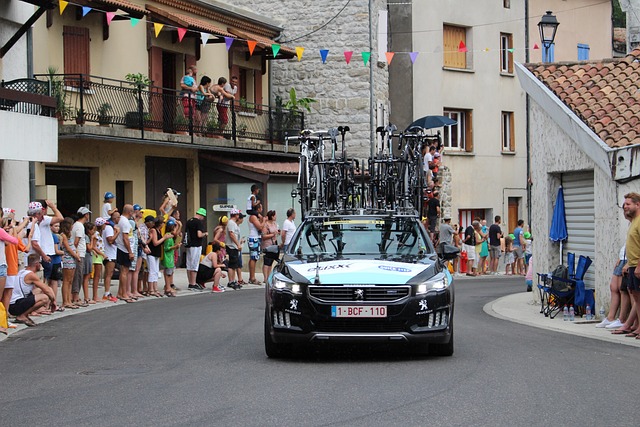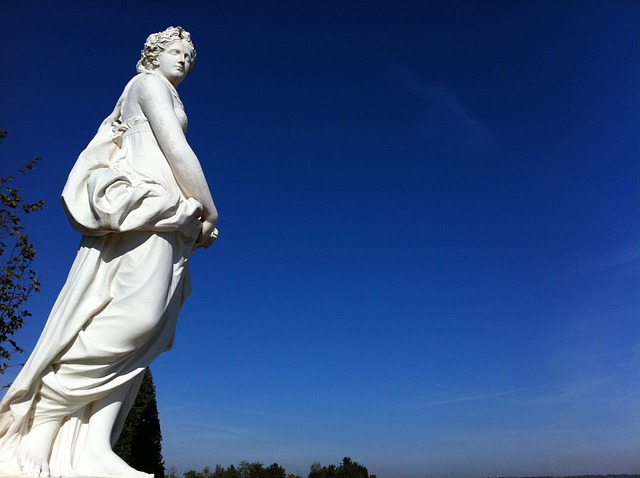Beyond the Façade: The Stories Behind Versailles on a Guided Tour
When one thinks of the Palace of Versailles, images of opulent rooms, majestic gardens, and a history steeped in elegance and power come to mind. However, beneath the surface of this stunning architectural marvel lies a wealth of stories waiting to be uncovered. A guided tour through Versailles not only allows for a glimpse of the grandeur but also offers a profound understanding of the lives that unfolded within its walls. This article aims to take you beyond the façade of Versailles, revealing the hidden tales and experiences that shaped this iconic symbol of French royalty.
The Historical Significance of Versailles
The Palace of Versailles was originally a hunting lodge for Louis XIII before it transformed into a grand royal residence under the reign of his son, Louis XIV, in the 17th century. Known as the Sun King, Louis XIV envisioned Versailles not just as a home but as a statement of absolute power. The decision to move the royal court from Paris to Versailles symbolized the king’s desire to distance himself from the chaos of the city and assert his authority over the nobles. The transformation of this locale into a palace represented the pinnacle of French architecture and artistry, resulting in the opulent structure we see today.
Discovering the Grandeur: The Exterior of Versailles
As visitors approach the palace, they are greeted by its striking golden gates and grand façade—symbols of wealth and power. The guided tour often begins outside the gates, where the stories of the king’s ambitions and the palace’s architectural significance are shared. The intricacies of the Baroque style become evident in the ornate details of the building’s exterior, showcasing the artistry that went into creating this piece of history.
Stepping Inside: The Hall of Mirrors
Upon entering the Hall of Mirrors, a sense of awe washes over the guests. This grand corridor, lined with 357 mirrors, reflects the sunlight streaming through the large windows, creating a dazzling effect. On a guided tour, visitors will learn about its purpose beyond being a mere aesthetic wonder. It served as a venue for significant events, most notably the signing of the Treaty of Versailles in 1919, marking the end of World War I. The hall was a tapestry of politics, celebrations, and royal ceremonies, echoing with the laughter and whispers of the courtiers who passed through.
The Royal Apartments: Living Life in Luxury
The guided tour then leads guests into the royal apartments, where they can explore the lavish chambers of Louis XIV, Marie Antoinette, and other members of the royal family. Each room reveals its unique story, crafted to reflect the personalities and lives of its inhabitants.
The King’s Grand Apartment, for instance, consists of several rooms, each dedicated to a specific theme or ancient deity. The Room of Apollo, dedicated to the sun god, highlights Louis XIV’s self-portrayal as a divine ruler. Visitors will discover how each piece of furniture, art, and decor was meticulously chosen to bolster the monarchy’s image and reinforce the king’s dominance.
Marie Antoinette’s private apartments stand in stark contrast to those of her husband. Designed with intimacy and comfort in mind, these rooms reflect her desire for solace amid the relentless expectations of her royal role. Here, the guided tour often delves into her personal life, exploring her love for fashion, her hobbies, and what ultimately led to her tragic downfall. The stories of Marie Antoinette resonate with visitors, showcasing the complexities of a woman trapped in gilded cages.
The Gardens: A Reflection of Power and Nature
Stepping outside, the breathtaking gardens of Versailles offer an entirely new dimension to the story of the palace. Designed by landscape architect André Le Nôtre, the gardens are a masterpiece of symmetry and grandeur. The guided tour uncovers the elaborate layout of the gardens, revealing the symbolism behind their design.
The vast lawns, meticulously trimmed hedges, and carefully sculpted fountains all speak to Louis XIV’s belief in the power of nature as an extension of royal authority. Each path leads to a new perspective, often mirroring the opulence found within the palace. Visitors will also learn about the labor-intensive processes behind maintaining the gardens, requiring hundreds of workers to ensure that every element remained pristine.
The Trianon Palaces: A Retreat from Royal Duties
As the tour continues, guests are taken to the Grand Trianon and the Petit Trianon—two smaller palaces on the grounds that served as retreats from the formality of court life. Here, visitors can uncover stories of leisure and intimacy. The Grand Trianon, built for Louis XIV, was where he could host friends in a more relaxed setting, away from the rigid expectations of Versailles. In contrast, the Petit Trianon became a haven for Marie Antoinette, reflecting her desire for a simpler, more authentic life. The guided tour often highlights her endeavor to create a pastoral space that offered respite from the pressures of the court.
Historical Anecdotes: Scandals and Secrets
The narratives surrounding Versailles are not merely tales of luxury and artistry; they are woven with scandals and intrigue. The guided tour reveals the clandestine affairs of the court, political strife, and the personal struggles of those who lived within the walls of the palace. Stories of courtiers vying for favor, the complexities of royal marriages, and the shifting alliances that played out in the shadows of the opulent rooms add depth to the grand stories associated with Versailles.
Conclusion: The Lasting Legacy of Versailles
A guided tour through the Palace of Versailles invites visitors to engage with history on a personal level. It transcends the visual allure of the palace and leads to an exploration of the intricate lives that unfolded within this grand setting. Whether it’s the stories of love and loss, power and despair, or artistry and ambition, visitors leave with a richer understanding of what Versailles represents. It is not merely a palace but a living narrative, a testament to human experience entwined with the legacy of one of the most influential periods in history.
As one wanders through the halls and gardens, they are reminded that behind every gilded façade lies a story worth telling—echoing through the ages, waiting to be discovered anew.


